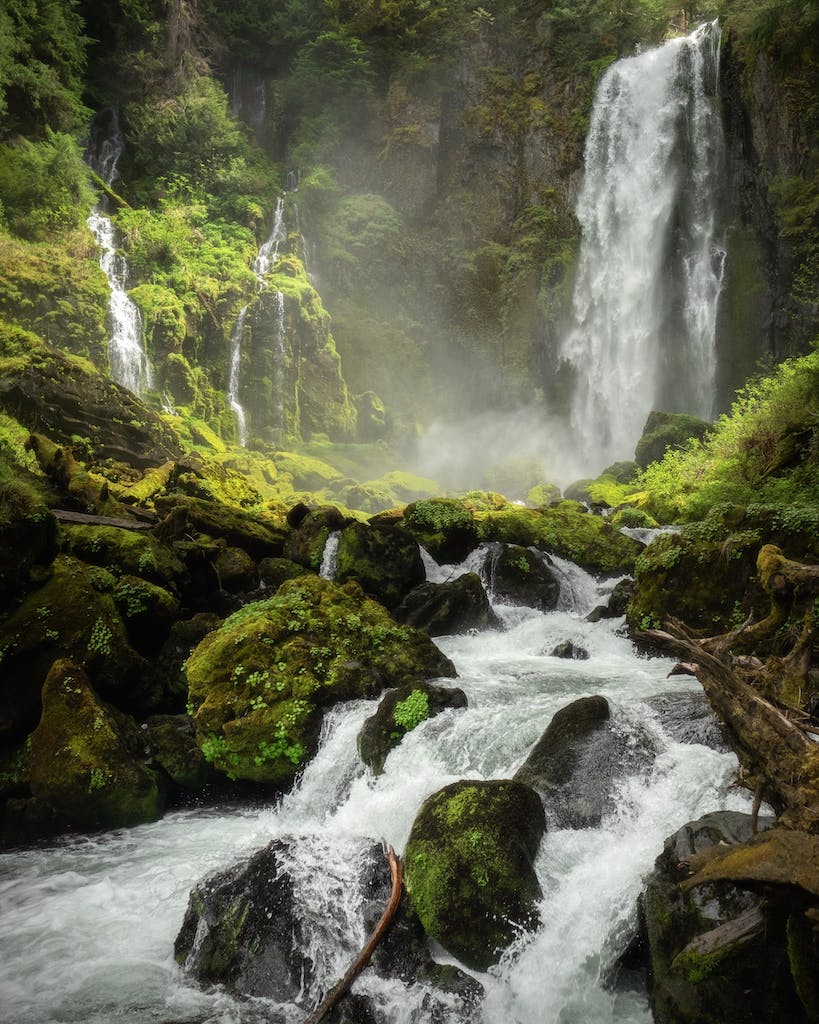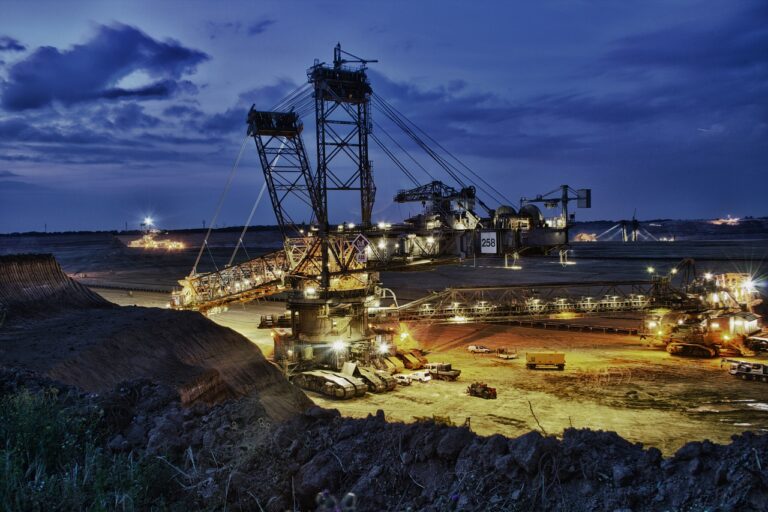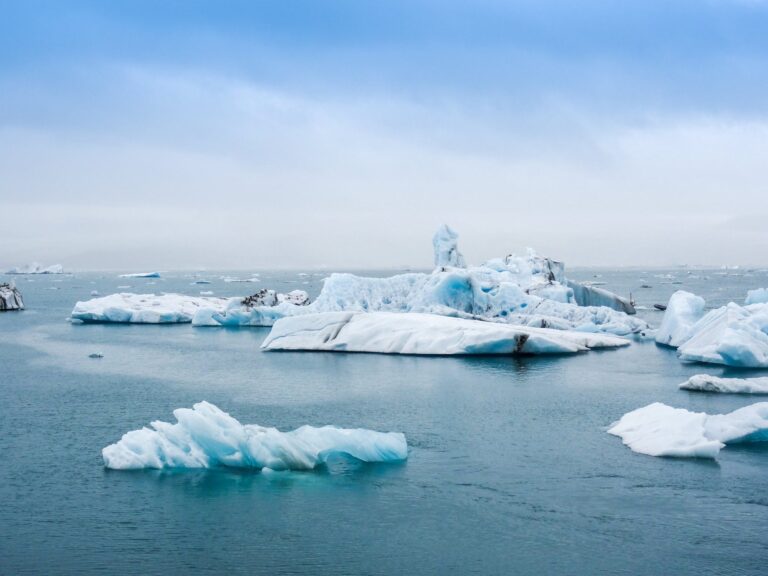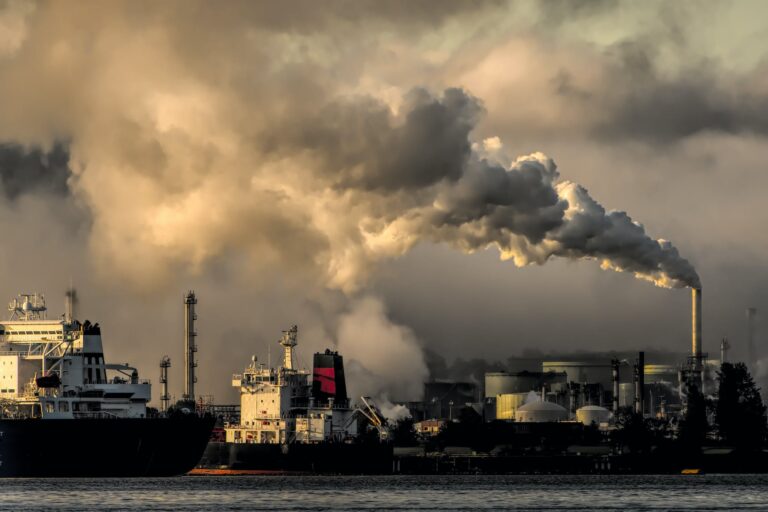Amazon’s Edge: How Climate Change May Doom the World’s Largest Rainforest

A groundbreaking study published in Nature has unveiled alarming evidence that the Amazon rainforest is teetering on the brink of a catastrophic tipping point. This research, a culmination of comprehensive data analysis and collaborative expertise, sheds light on the imminent risks posed by climate change, deforestation and other human activities on the world’s largest tropical forest.
DISCOVER: No, Climate Change Is Not The Sun’s Fault
READ MORE: Study Shows Most Americans Aren’t Scared Of Climate Change
The Amazon has stood as a bastion of ecological resilience for thousands of years. Its vast biodiversity and complex ecosystems have withstood climatic fluctuations, maintaining a delicate balance that supports local communities, wildlife, and the global climate. However, this study reveals that the Amazon’s resilience is under unprecedented threat. The effects of warming temperatures, rampant deforestation, persistent droughts and increasing fire incidences are pushing this vital ecosystem toward a point of no return.
Unveiling the Five Drivers Behind the Crisis
The research identifies five critical drivers accelerating the Amazon’s decline:
Climate Warming: A relentless rise in temperatures is altering the rainforest’s climatic balance, exacerbating drought conditions and heat stress on its diverse plant species.
Rainfall Pattern Shifts: Alterations in precipitation patterns lead to uneven water distribution, significantly impacting the forest’s health and productivity.
Extended Droughts: More frequent and prolonged droughts are stressing the ecosystem, reducing its ability to store carbon and maintain biodiversity.
Rampant Deforestation: The unchecked clearing of forest land for agriculture and cattle ranching is fragmenting habitats and diminishing the forest’s capacity to act as a global carbon sink.
Human-induced Fires: Intentional and accidental fires, often related to land-clearing activities, are causing irreversible damage to the forest’s structure and function.
Forecasting the Future: Between Restoration and Ruin
According to the study’s projections, by 2050, between 10% and 47% of the Amazon forest could face severe compounding disturbances, significantly heightening the risk of abrupt ecosystem transitions. These changes could transform vast areas of lush rainforest into savanna-like landscapes or degrade them to the point where recovery is unfeasible. Such a scenario would result in biodiversity loss and diminish the Amazon’s role in carbon storage and weather regulation, further exacerbating global climate change.
Ecosystems on the Edge: Possible Futures of the Amazon
The study outlines three possible futures for the Amazon, depending on the severity and combination of the identified stressors:
Degraded Forests: Areas continually affected by low-intensity disturbances may see a slow but persistent decline in forest quality and biodiversity.
Transition to Savanna: Regions experiencing more severe water stress and deforestation may gradually transform into savanna-like ecosystems characterized by sparser tree cover and different flora and fauna.
Dominance by Drought-Resistant Species: Some forest areas might adapt by shifting towards species more resistant to drought conditions, altering the ecological balance and function of these environments.
A Global Call to Action: Protecting the Amazon for the Future
The research team emphasizes that keeping the Amazon forest resilient in the future hinges on a dual approach: halting deforestation and degradation at local levels and globally curbing greenhouse gas emissions. The study identifies deforestation and subsequent degradation as crucial factors that could push the Amazon toward a tipping point, leading to irreversible changes. It advocates for enhanced conservation efforts, including expanding protected areas and supporting Indigenous and traditional communities, which are vital stewards of the forest. The study concludes with a powerful message: the Amazon forest system is at a critical juncture. The actions taken now and in the coming years will determine whether this vital ecosystem can be preserved or will succumb to a catastrophic collapse. The research team’s findings serve as a call to action for policymakers, conservationists, and the global community to work together to prevent a dire future for the Amazon. The study underscores the importance of informed, science-based strategies to navigate the challenges ahead, ensuring the Amazon remains a resilient and thriving ecosystem for future generations.
Climate Crisis 24/7 used generative AI technology to help produce this article, which a human editor at Climate Crisis 24/7 edited. Climate Crisis 24/7 is dedicated to accuracy and transparency; any article that uses AI will be noted.
This study was published in the journal Nature on February 14, 2024; a team led by Bernardo M. Flores, alongside researchers from globally recognized institutions, wrote the study.
Sponsor
Find a Vetted Financial Advisor
- Finding a fiduciary financial advisor doesn't have to be hard. SmartAsset's free tool matches you with up to 3 financial advisors that serve your area in 5 minutes.
- Each advisor has been vetted by SmartAsset and is held to a fiduciary standard to act in your best interests. Get on the path toward achieving your financial goals!






